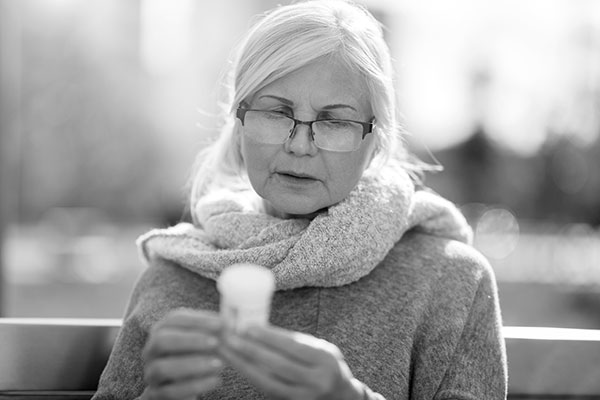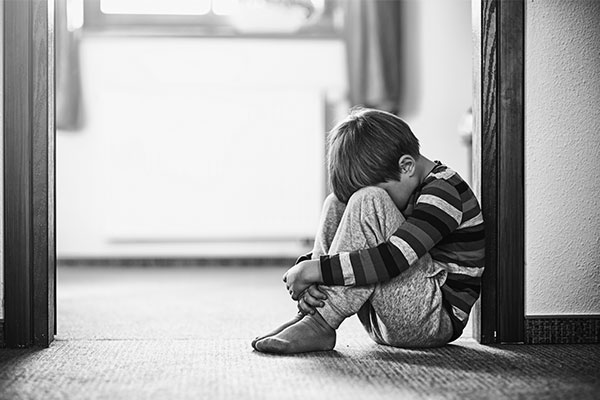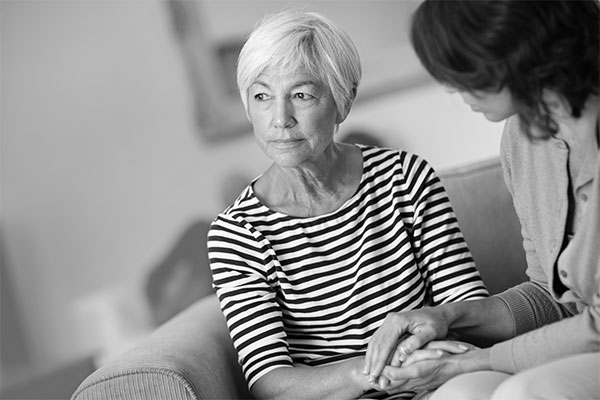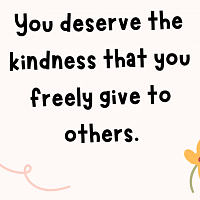Depression in Children

Depression is more than just “feeling blue” or having a bad day. And it’s different from feelings of grief or sorrow that follow a major loss, such as a death in the family. It’s not a personal weakness or a character flaw. Children and teens with clinical depression cannot simply “snap out of it.”
Depression is a serious health problem that affects feelings, thoughts and actions, and can appear as a physical illness. As many as one in eight teens and one in 33 children have clinical depression. Fortunately, depression in youth is treatable.
Signs of Depression
-
Persistent sadness
-
Withdrawal from family, friends and activities that were once enjoyed
-
Increased irritability or agitation
-
Changes in eating and sleeping habits (e.g., significant weight loss, insomnia, excessive sleep)
-
Frequent physical complaints, such as headaches and stomachaches
-
Lack of enthusiasm or motivation
-
Decreased energy level and chronic fatigue
-
Play that involves excessive aggression toward self or others, or that involves persistently sad themes
-
Indecision, lack of concentration or forgetfulness
-
Feelings of worthlessness or excessive guilt
-
Recurring thoughts of death or suicide
What Can Parents and Other Adults Do if They Suspect a Child May Have Depression?
- Know the warning signs for depression, and note the duration, frequency and severity of troubling behavior.
- Get accurate information from libraries, hotlines, the Internet and other sources.
- Take the child to see a mental health professional or doctor for evaluation and diagnosis if he or she is exhibiting several of the warning signs. The evaluation may include psychological testing, laboratory tests and consultation with other specialists.
- Ask questions about treatments and services. A comprehensive treatment plan may include psychotherapy, ongoing evaluation and, in some cases, medication. Optimally, the treatment plan is developed with the family, and whenever possible, the child.
- Talk to other families in your community or find a family network organization.



























